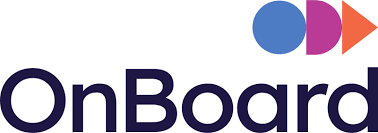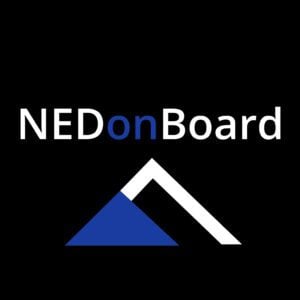In the constantly changing global business context, organisations need to build agile leadership teams that can adapt to any new situation and keep their business moving forward. In this article, OnBoard, together with Business Leader shed light on how to build boards that are fit for the future.
What does effective leadership look like today?
Comparing the tendency in the past for leaders to appear omniscient; today’s leaders are more focused on being authentic. Both employees and customers now insist on an organisation being authentic and having purpose. Leading with authenticity helps build trust with employees and customers.
“Leading with passion and wearing your heart on your sleeve makes for a vulnerable leadership style that I’ve always found to be quite powerful”.
Jordan Brompton, Co-founder and CMO at myenergi
Effective leaders need to have a strong, well-articulated vision, coupled with the ability to bring other people with them. To that end, they need to be credible, empathetic and principled.
“You have to be able to see the big picture as a leader… I also think good leaders are those who are able to delegate when delegation is appropriate. For a long time, the tendency has been to have a command-and-control style of leadership, with the senior leader making all the decisions, but when things get very complex, volatile and fast moving, you need to step back and allow individual teams to make decisions, because that’s the only way to keep up with the situation”.
Dr Saima Rana, CEO/Principal of GEMS World Academy – Dubai and Chief Education Ambassador for the Varkey Foundation
The experience of the pandemic has forced organisations to prioritise agile decision-making more than ever before. Organisations have realised that their business needs to be adaptable and responsive to changing circumstances. This approach can be helped by the investments you make in technology and other areas to help your workforce move your organisation forward.
Remote and hybrid board meetings, supported by technology
- 81% of respondents to OnBoard’s 2022 Board Effectiveness Survey will continue to meet remotely or via hybrid methods for the next 6-12 months, solidifying their reliance on technology tools.
- 57% are using board management software today.
- 55% expect that their use of technology to manage boards/committees will increase in the next 18-24 months.
How important is board composition and diversity?
Composition of the board is critical, including having a diverse board — an aspiration that many organisations are working hard to deliver on. “To make a board more effective, you need to ensure you have the right people around the table, and that you’re efficient in leveraging the time and expertise of your directors,” says Adarsh Mantravardi, General Counsel and Director of Business Development of OnBoard. Technologies like board management software can help organisations reach a broader range of potential directors and board members.
Diversity has come a long way from the days when it was little more than a ‘box-ticking’ exercise, as companies start to realise that having diversity of thought in your board makes you attached to your customers better, gives you further insight, and helps you outpace your competitors.
Hiring non-executive directors is an opportunity to diversify the board by bringing in people who are prepared to be assertive and to challenge established thoughts and views.
Board diversity effectiveness
- 62% of respondents to OnBoard’s 2022 Board Effectiveness Survey rated themselves effective on board diversity.
- Those with board management software were 5% more effective in board diversity.
How can organisations develop their leaders?
When a new leader is (inevitably) doing a role they’ve never done before, “you have to allow them to develop and learn, and have that space to grow and be able to do different things in a different context”, says Dr Saima Rana.
Having people on the board with a variety of experiences as may be the best development that you can ever have as a business person.
Traditionally, leadership training has been provided to individuals as they move up through an organisation, but a different tack may be taken: “Teaching and educating leadership right across the whole organisation is really important — focusing on behaviours, decision-making, and information flows”, says Chris Parton, Managing Director, Quirk Solutions.
Key takeaways
Key recommendations on building a leadership team fit for the future include:
- Having a leadership team that’s authentic and prepared to be vulnerable
- Ensuring the leadership team knows how and when to delegate to enable more agile decision-making and empower the organisation as a whole
- Developing a diverse leadership team that allows the organisation to connect with its customers and be more competitive
- Harnessing technology, such as board management software, to support leadership teams to be as diverse and effective as possible
- Making leadership development an organisation-wide imperative
To learn more about board effectiveness and building leadership teams that are fit for the future, you may download the Onboard 2022 Board Effectiveness Survey




